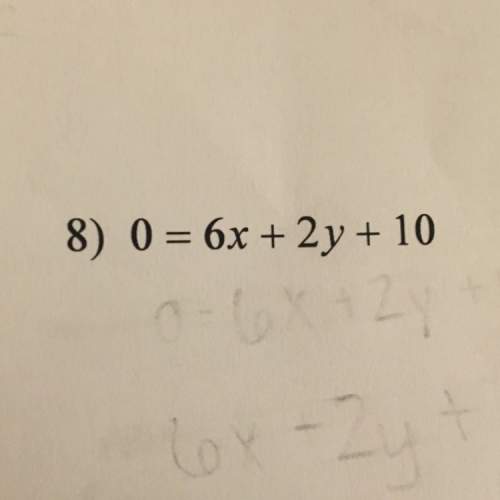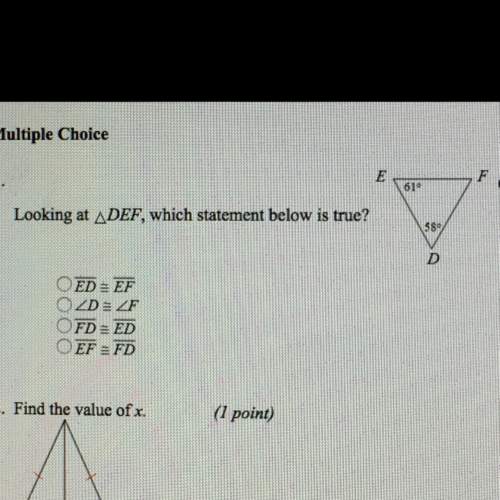
Mathematics, 24.10.2019 04:30 jaisha23
What is wrong with this "proof" ? "theorem: " for every positive integer n, if x and y are positive integers with max(x, y) = n, then x = y. "basis step: " suppose that n=1. if max(x, y) = 1 and x and y are positive integers, we have x = 1 and y=1. "inductive step: " let k be a positive integer. assume that whenever max(x, y) = k and x and y are positive integers, then x = y. now let max(x, y) = k + 1, where x and y are positive integers. then max(x – 1, y – 1) = k, so by inductive hypothesis, x – 1 = y – 1. it follows that x = y, completing the inductive step.

Answers: 1


Another question on Mathematics

Mathematics, 21.06.2019 22:50
Type the correct answer in the box. use numerals instead of words. if necessary, use / for the fraction bar.
Answers: 1

Mathematics, 21.06.2019 23:00
What is the value of n in the equation -1/2(2n+4)+6=-9+4(2n+1)
Answers: 1

Mathematics, 22.06.2019 01:30
Drag the titles to the correct boxes to complete the pairs. the probability that kevin has diabetes and the test
Answers: 3

Mathematics, 22.06.2019 03:30
Acollege is selling tickets for a winter fund-raiser. one day, krissa sold 14 adult tickets and 8 student tickets for a total of $376. the next day, she sold 7 adult tickets and 11 student tickets for a total of $272. krissa wanted to find the price of one adult ticket, a, and the price of one student ticket, s. she wrote and solved the following system of equations.
Answers: 1
You know the right answer?
What is wrong with this "proof" ? "theorem: " for every positive integer n, if x and y are positive...
Questions

Computers and Technology, 14.02.2020 04:29

Mathematics, 14.02.2020 04:29


Computers and Technology, 14.02.2020 04:29




Mathematics, 14.02.2020 04:29


History, 14.02.2020 04:29










Mathematics, 14.02.2020 04:29





